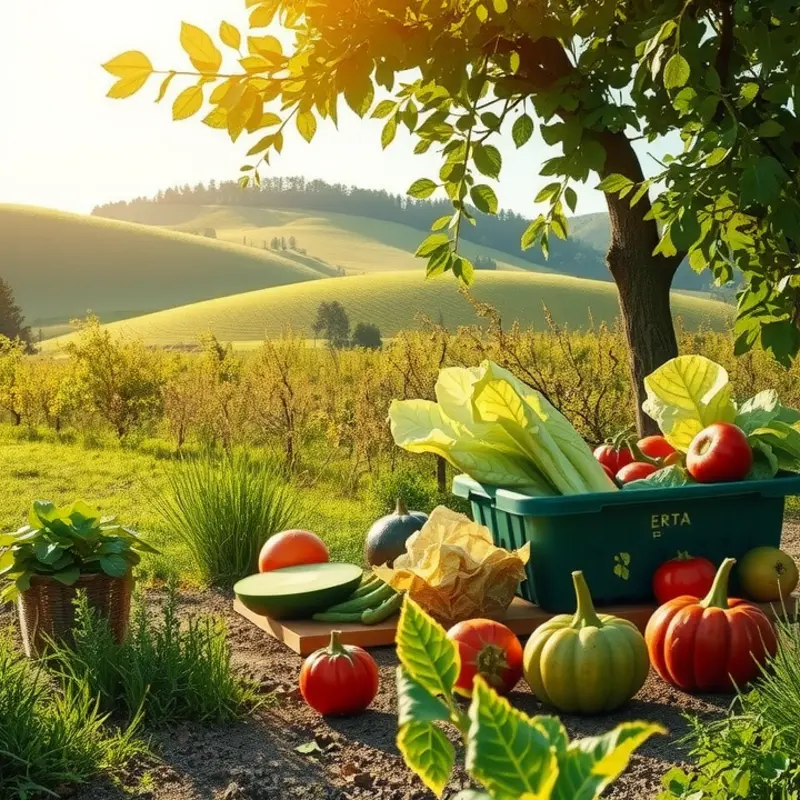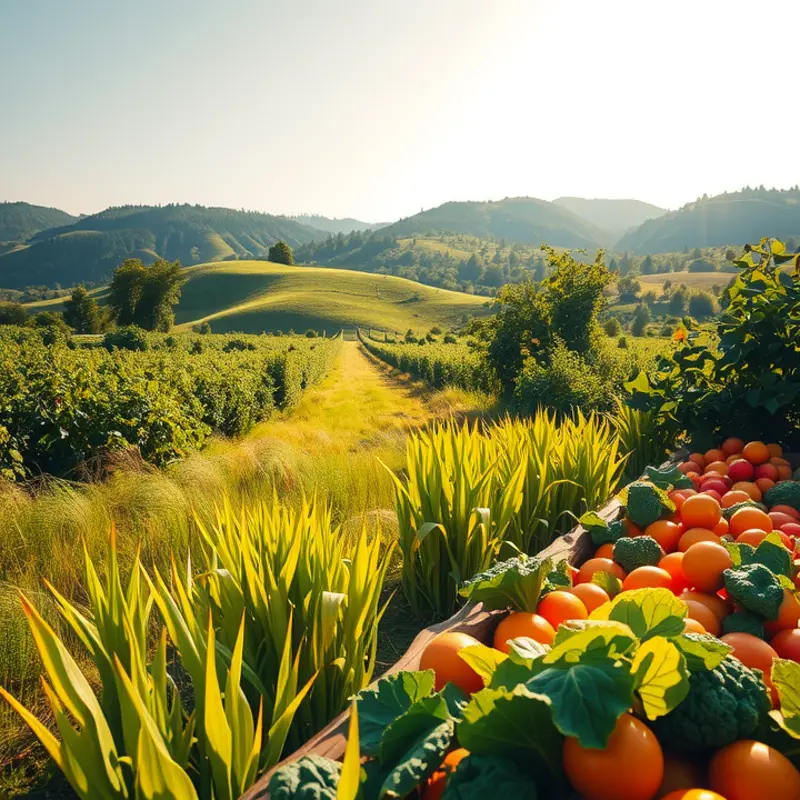A delicious stir-fry is a quick way to pack flavors and nutrients into one dish, but sogginess can ruin the experience. Learning how to maintain the crispiness of your ingredients while achieving a well-cooked meal is essential for home cooks at any skill level. This guide offers practical tips and techniques to help you avoid soggy stir-fry, ensuring every bite is tender yet crunchy.
Choosing the Right Ingredients

The cornerstone of a successful stir-fry lies in the selection of ingredients that can endure quick, high-heat cooking while maintaining their integrity. Think vibrant, crisp vegetables and succulent proteins that elevate your dish into a symphony of textures and flavors.
First, consider your vegetables. Broccoli, bell peppers, carrots, and snap peas are excellent options due to their robust structures. They not only retain their crunch but also add vivid color, enhancing the visual appeal of your dish. Slice vegetables uniformly to facilitate even cooking. Aim for bite-sized pieces that can cook through quickly, preventing the dreaded sogginess often associated with uneven cuts.
Incorporating sturdy greens like bok choy or kale can provide an additional texture and a nutritional boost. These greens hold up well to the heat and can add a delightful contrast to the sweeter vegetables in the mix.
When it comes to proteins, choose cuts that are tender and cook swiftly. Chicken breast or thigh, pork loin, and shelled shrimp are popular choices due to their quick-cooking nature. It’s essential to slice proteins thinly and uniformly, ensuring they cook at the same pace as your vegetables. This uniformity helps in achieving that perfect balance without overcooking any element.
Tofu, especially the firm variety, is a fantastic alternative for a vegetarian option. Pressing the tofu before cooking removes excess moisture, eliminating any mushiness. Practical Ingredient Batching can help in prepping these elements ahead of time, making your stir-frying process seamless.
Proper proportioning is key in stir-fry artistry. Strive for a balanced mixture with approximately equal parts of vegetables and proteins. Overloading the wok can lead to steaming rather than frying, resulting in a loss of texture. A ratio of 1:1 ensures everything has room to sear and develop a tantalizing bite.
Beyond selecting the appropriate ingredients, preparation is integral to the dish’s success. Have all your elements ready and within reach before lighting the burner. Once the heat is on, the process moves swiftly; any delay can impact the outcome. Pre-mix your sauces and have them on hand, so you can focus solely on stirring and tossing.
With these strategies, your stir-fry will consistently deliver vibrant and crisp bites. Mastering the art of ingredient selection and preparation not only avoids common pitfalls but elevates your culinary creations to new heights.
Mastering the Cooking Technique

A perfectly cooked stir-fry hinges on mastering a few key cooking techniques. Achieving that crisp and flavorful texture is a delicate balance of heat, time, and ingredients. Understanding these elements ensures your meals are anything but soggy.
First and foremost, managing the right heat is crucial. Stir-frying is all about high-heat cooking, where the wok is your go-to tool. Preheat it until it sizzles with a splash of water, indicating it’s ready. The intense heat helps to quickly sear and seal-in the natural juices of your ingredients, preserving their texture.
Oil selection is another critical piece. Opt for oils with high smoke points like peanut or canola oil. These oils can withstand the necessary high temperatures without breaking down or imparting an off-flavor to your dish. Pour the oil in once the wok is hot to ensure even distribution and optimal surface contact.
Timing is everything in stir-frying. Vegetables and proteins have different cooking times and thus require staggered entries into the wok. Start with the proteins, cutting them into uniform pieces for even cooking. Once seared, remove them to maintain their texture. Next, tackle your vegetables based on cooking time—begin with hardy ones like carrots and bell peppers, which require more time, before moving to softer ones like snow peas or leafy greens.
An often overlooked aspect is the sauce. Introducing it too early or in excess can cause ingredients to steam rather than fry, creating a soggy outcome. Utilize sauce sparingly and add it towards the end of the cooking process, allowing it to coat the stir-fry without drenching it. For more on sauce storage, consider reading about safer storage of sauces to maintain their freshness and flavor.
Maintaining a proper balance between the elements is essential. Your wok should never be overcrowded; doing so traps steam and lowers the cooking temperature. Cook in batches if necessary to preserve the crispness of each component. This ensures every piece is evenly cooked, retaining its distinct texture and flavor.
To sum it up, a successful stir-fry is a dance between high heat, precise timing, and minimal, effective use of oils and sauces. Practice these techniques, and your stir-fry will become a savory masterpiece rather than a soggy afterthought.
Final words
Avoiding soggy stir-fry is all about attention to detail in ingredient selection and mastery of cooking techniques. By choosing the right produce, managing your cooking temperatures effectively, and making sure to follow proper timing and preparation methods, you can ensure every stir-fry is a flavorful and crisp delight. Embrace these tips and techniques, and soon, you’ll impress family and friends with perfectly cooked, vibrant stir-fry dishes. Keep practicing and experimenting with different combinations to find out what works best for your taste buds.







